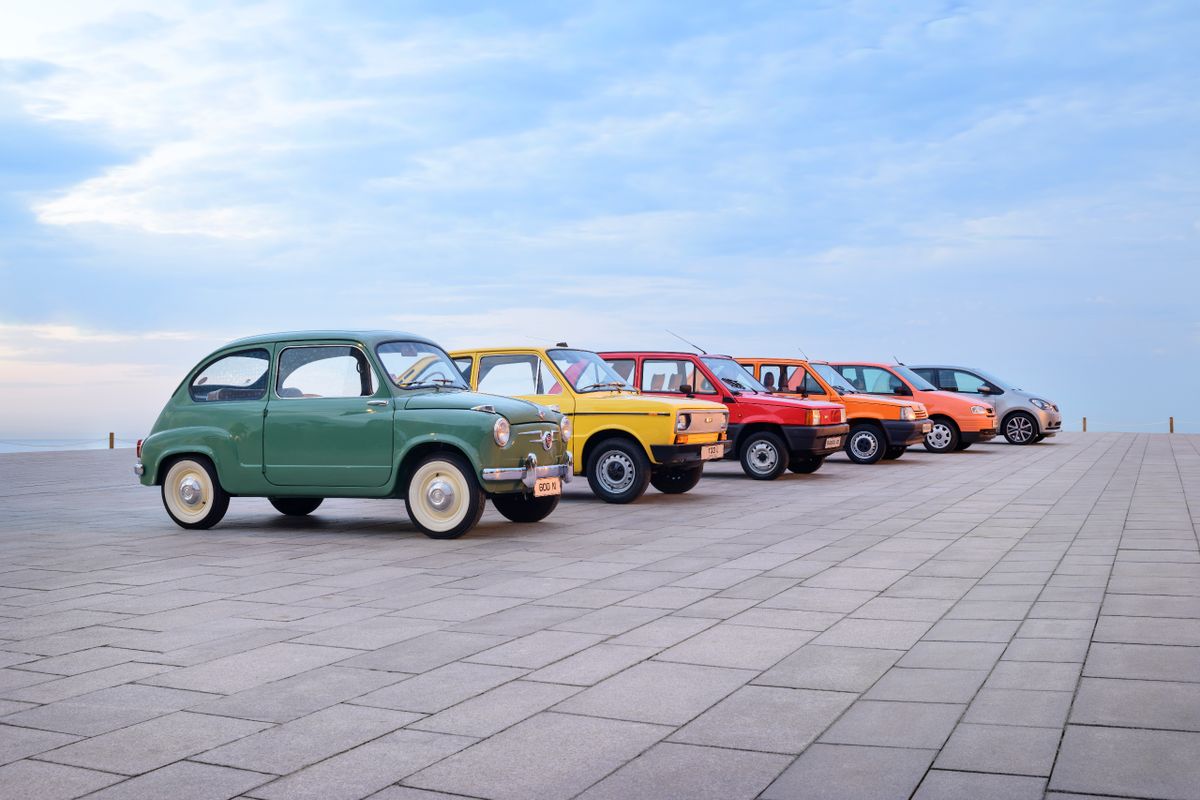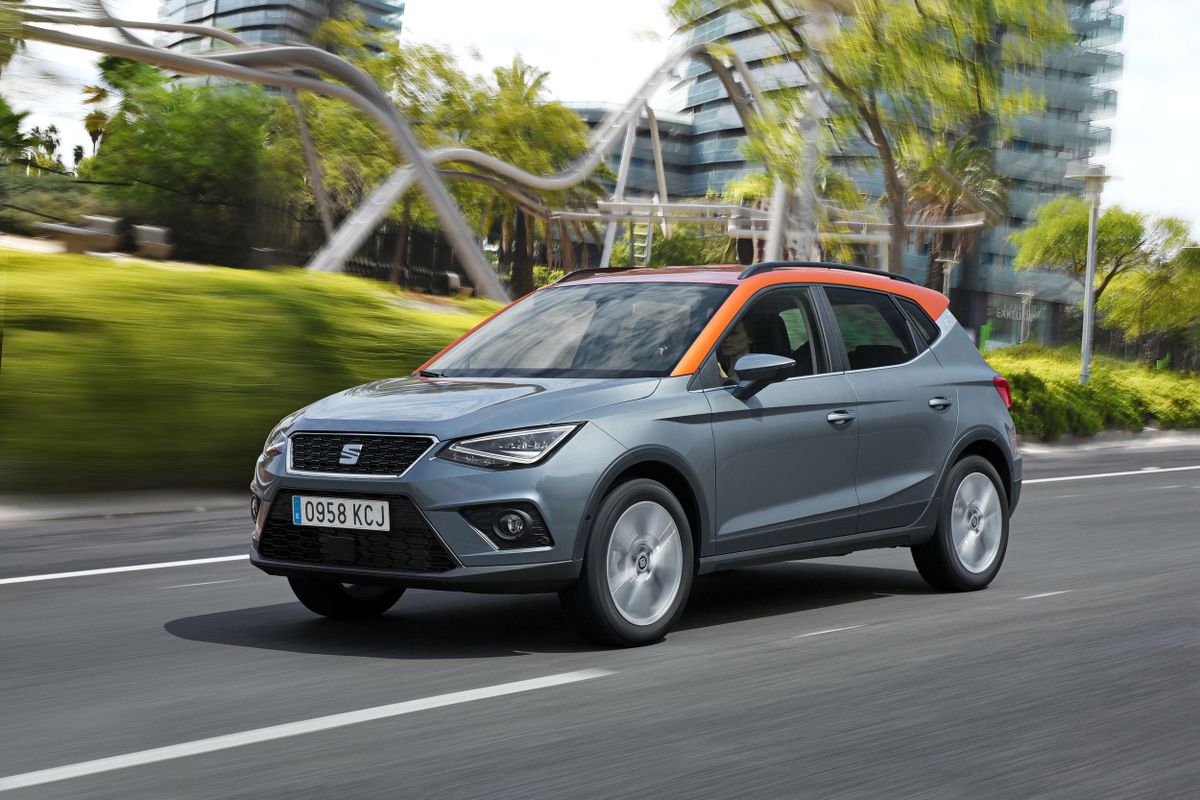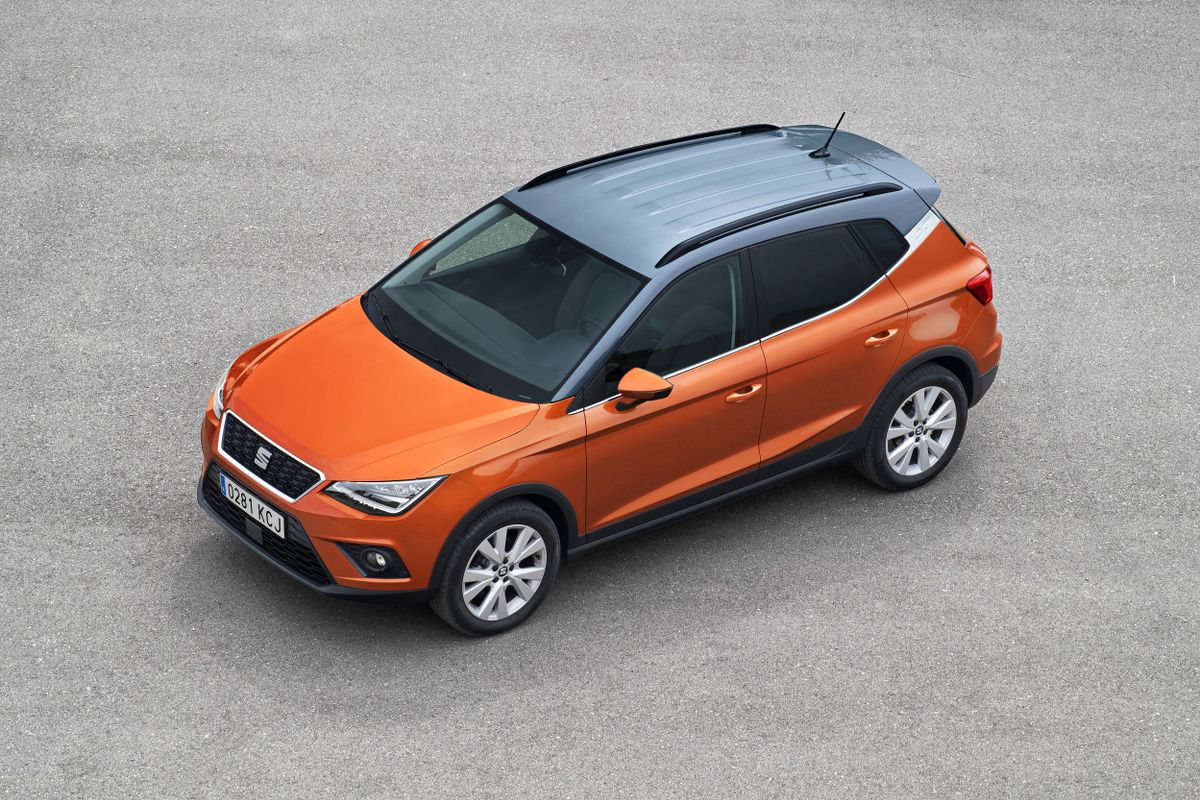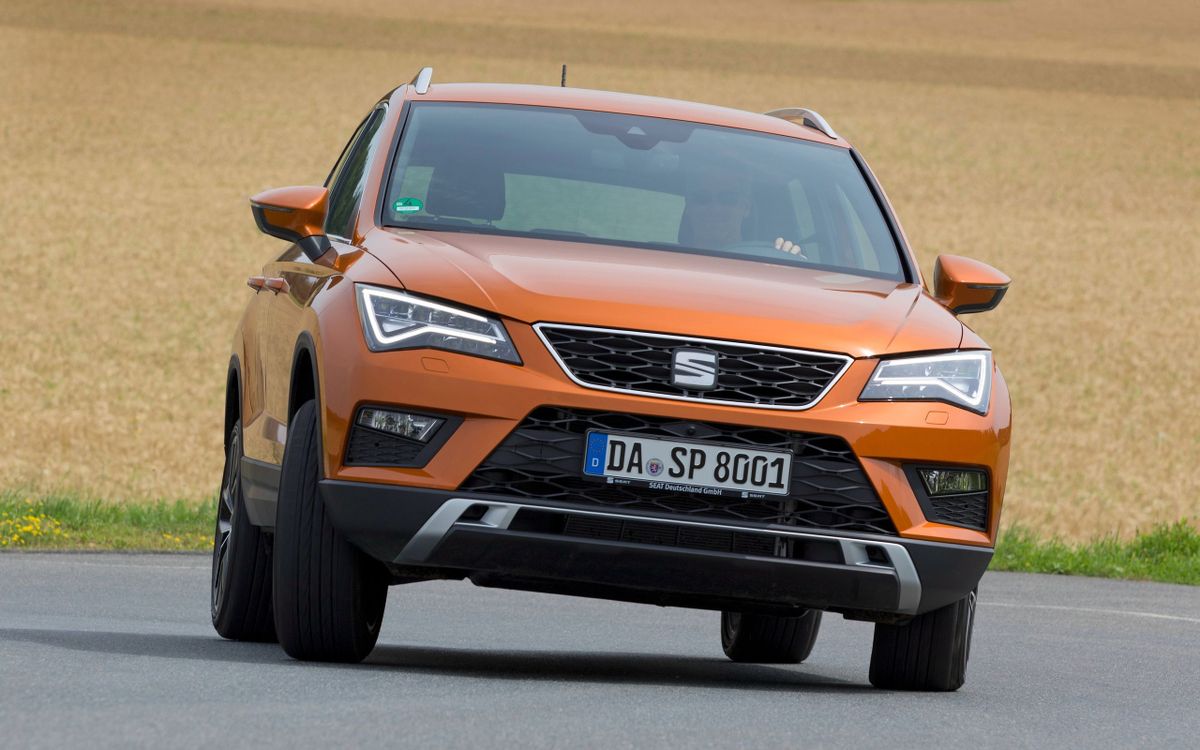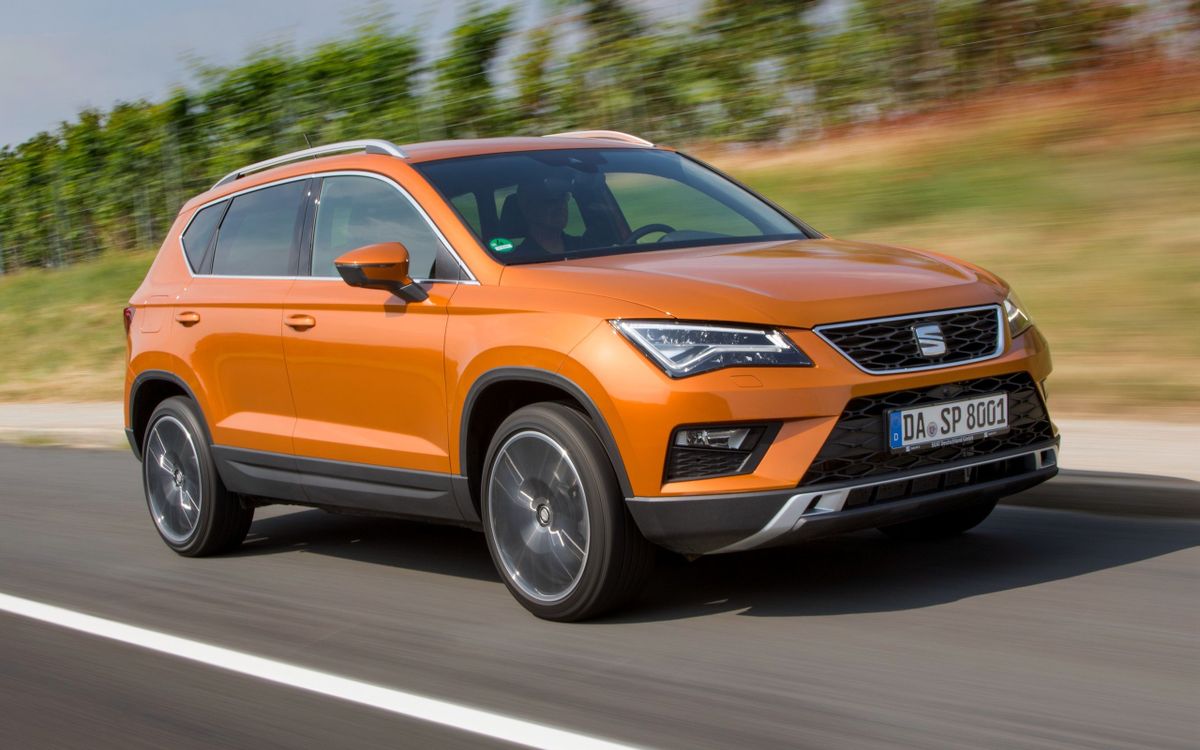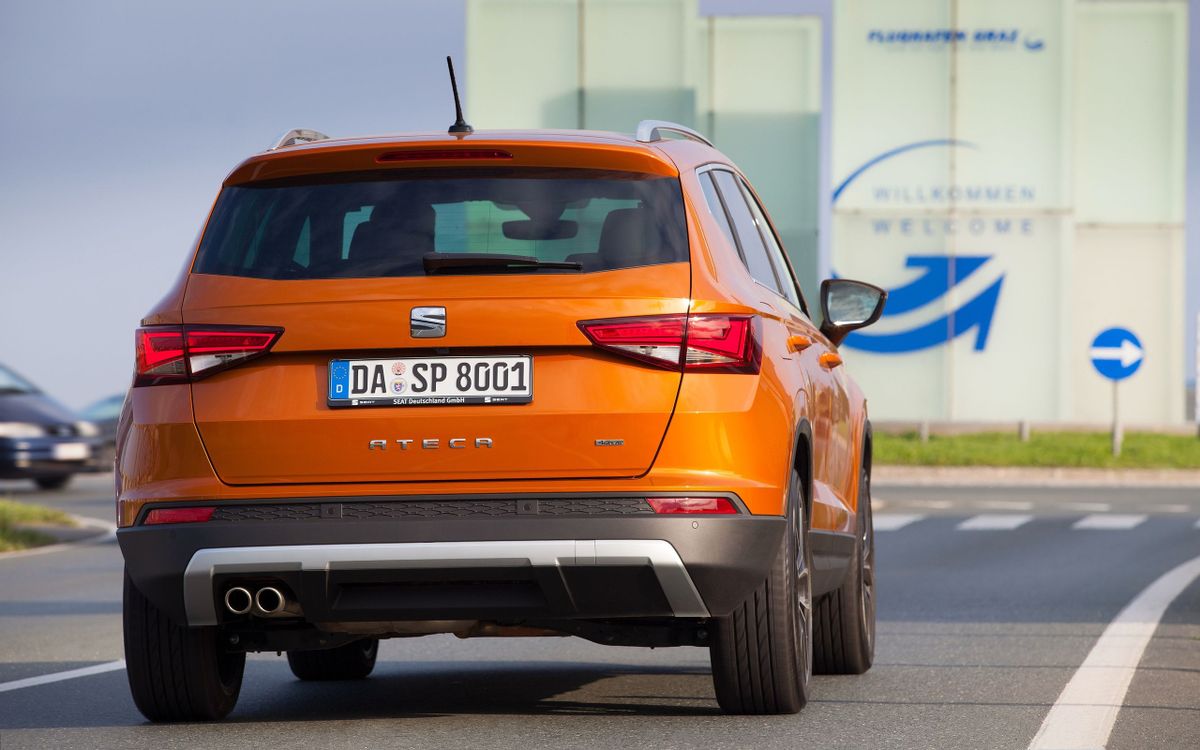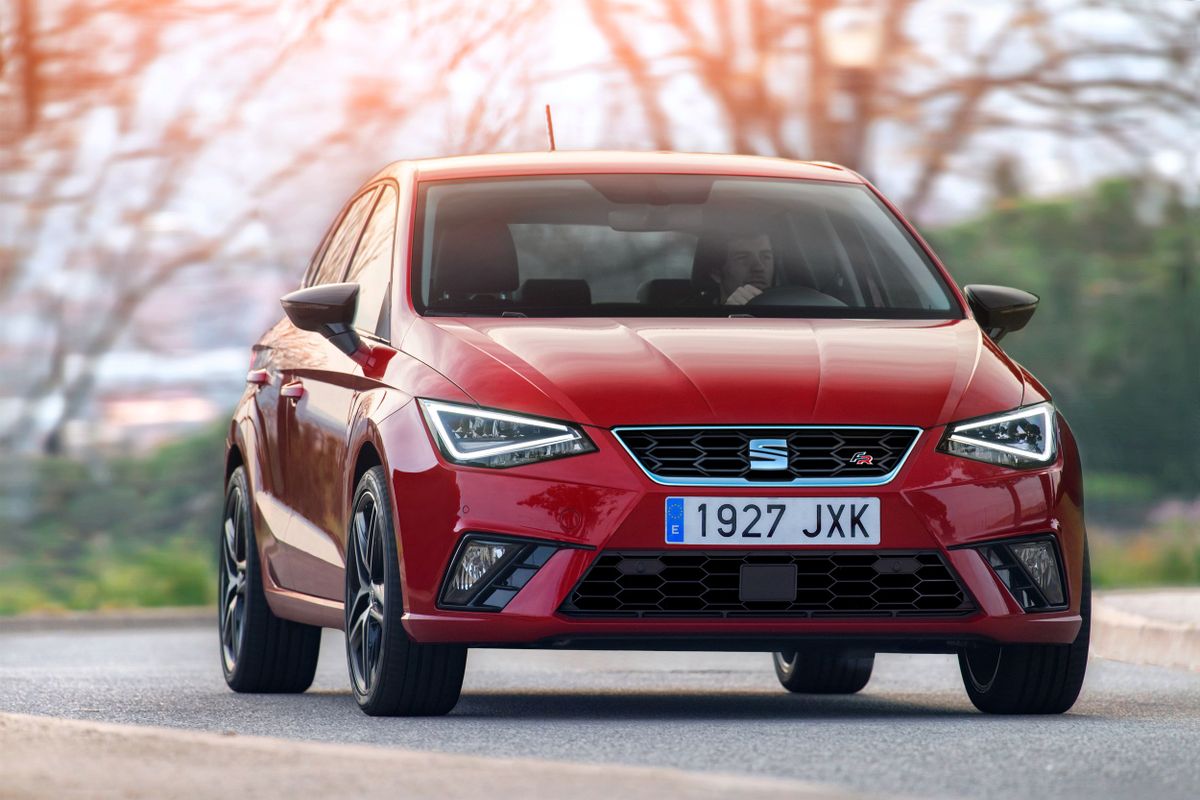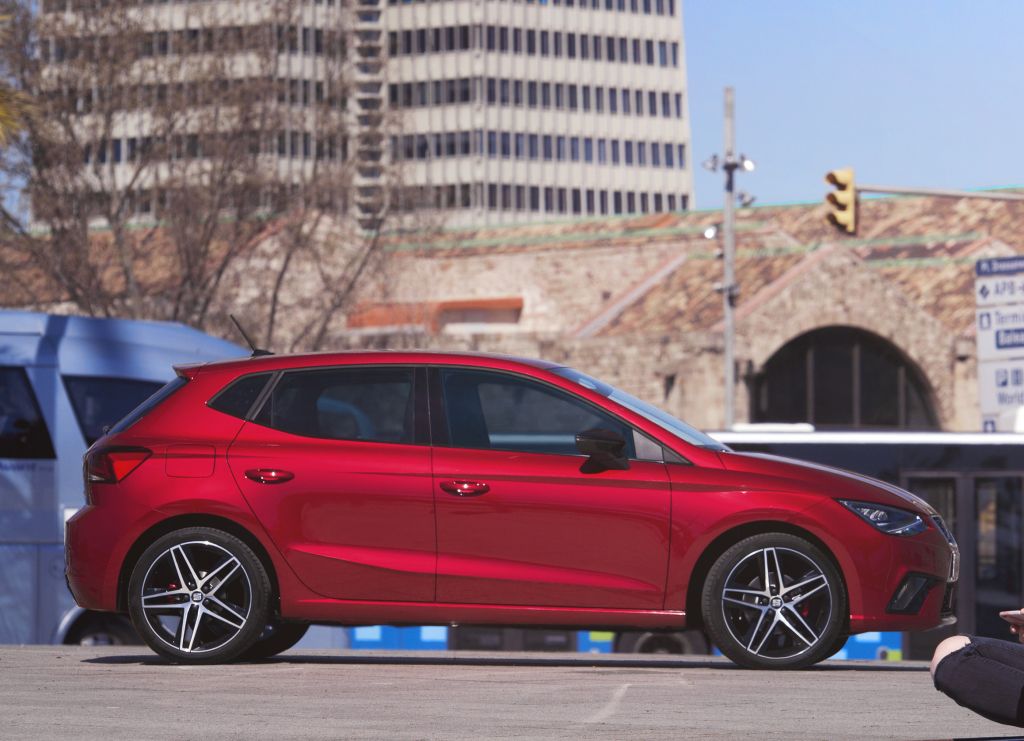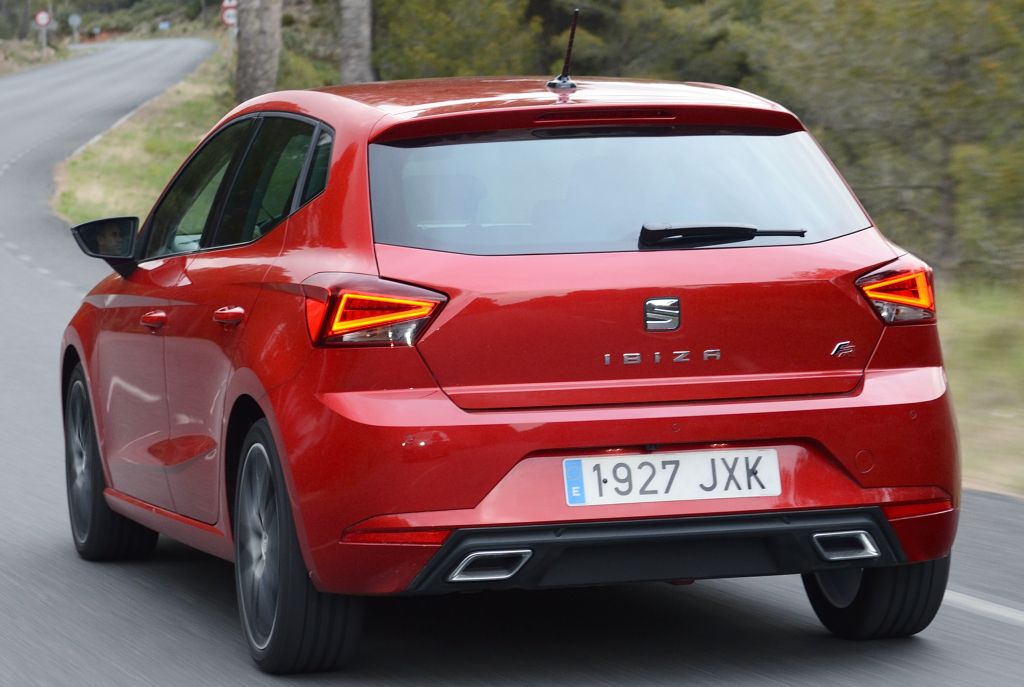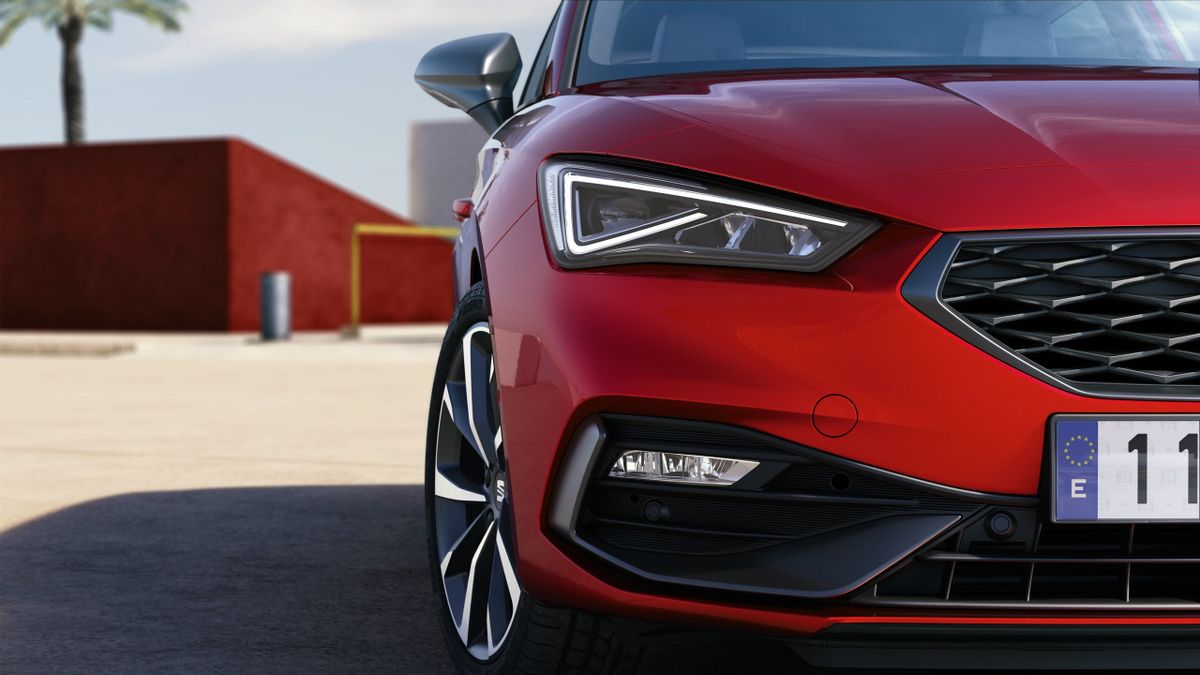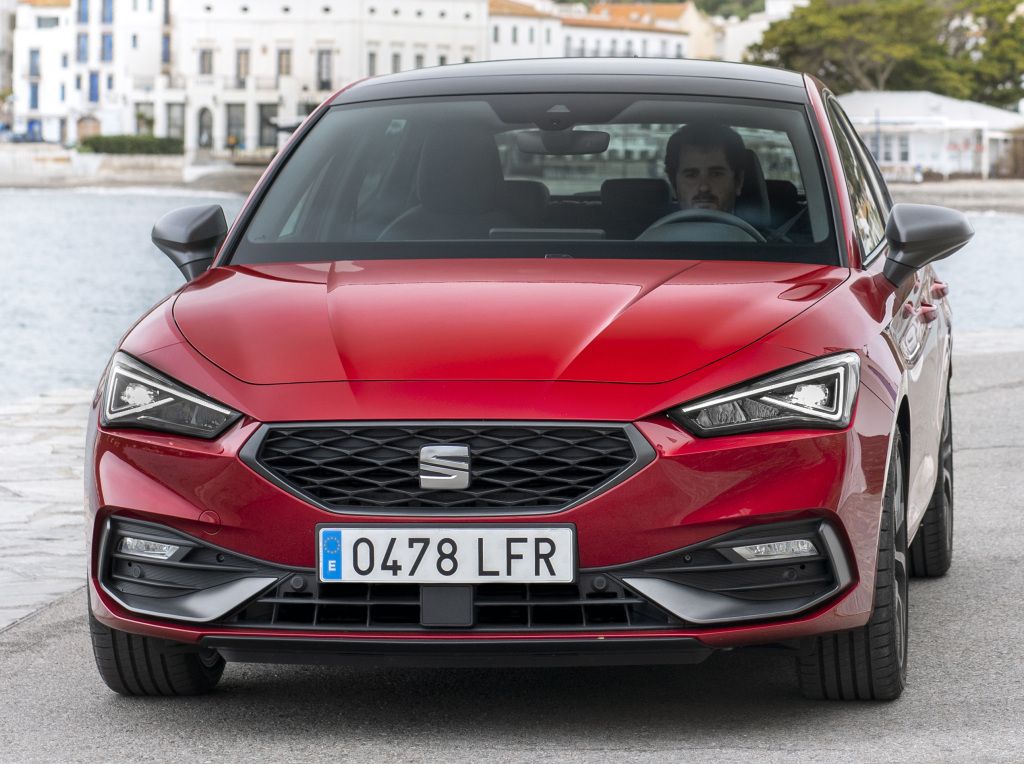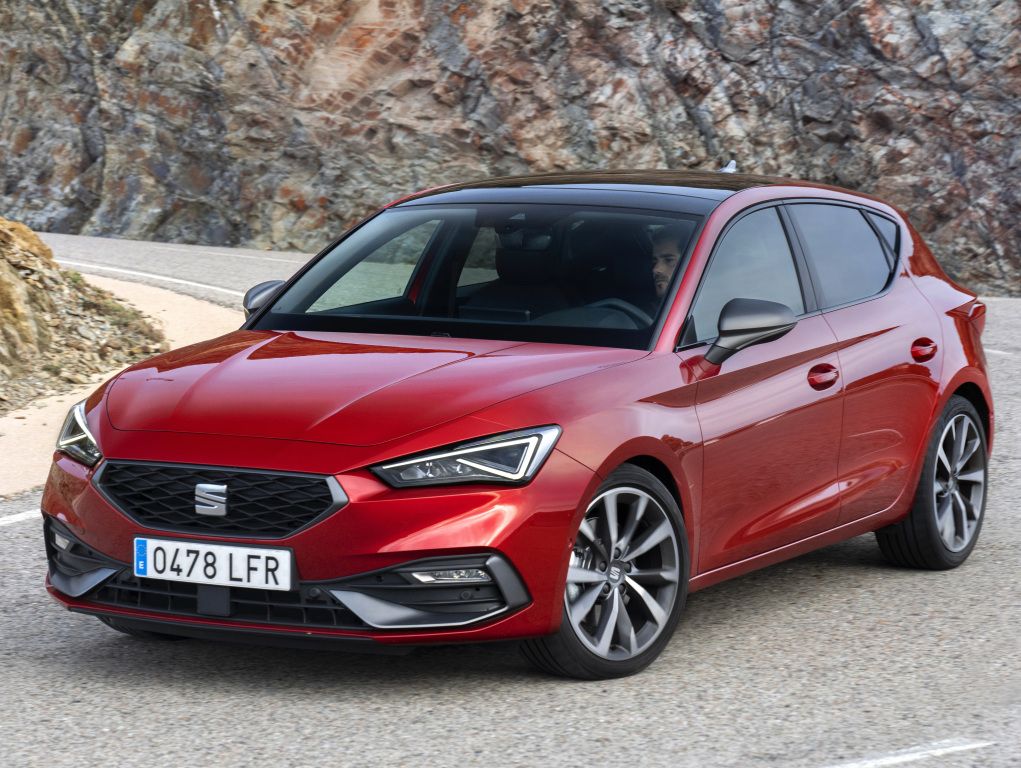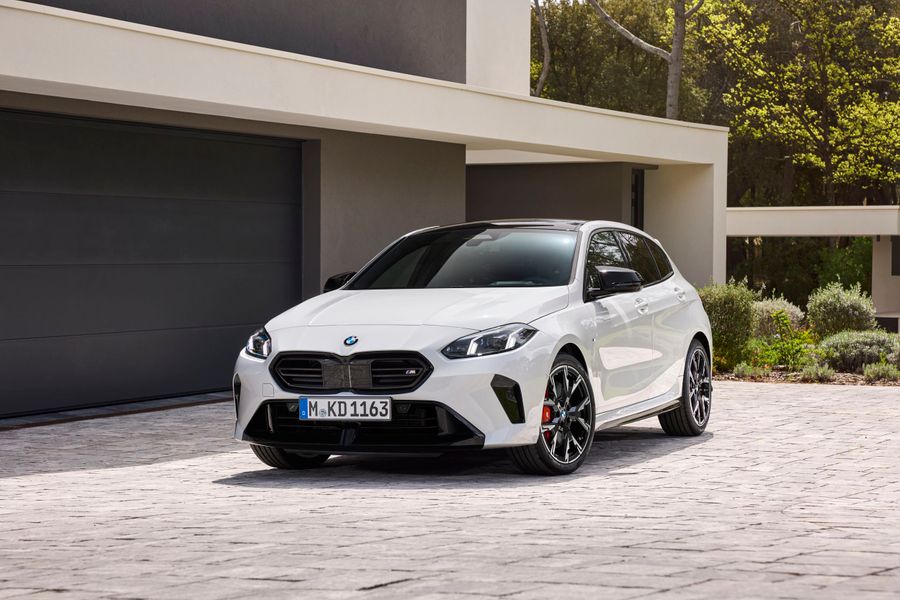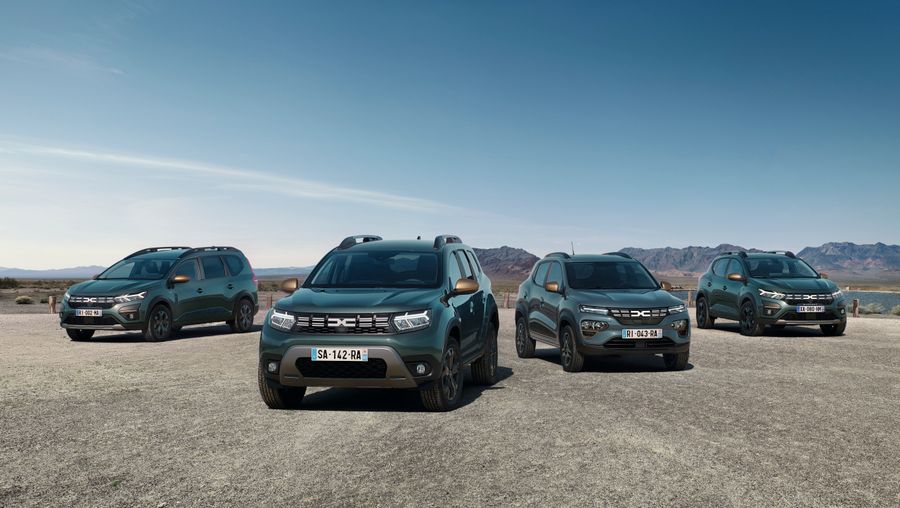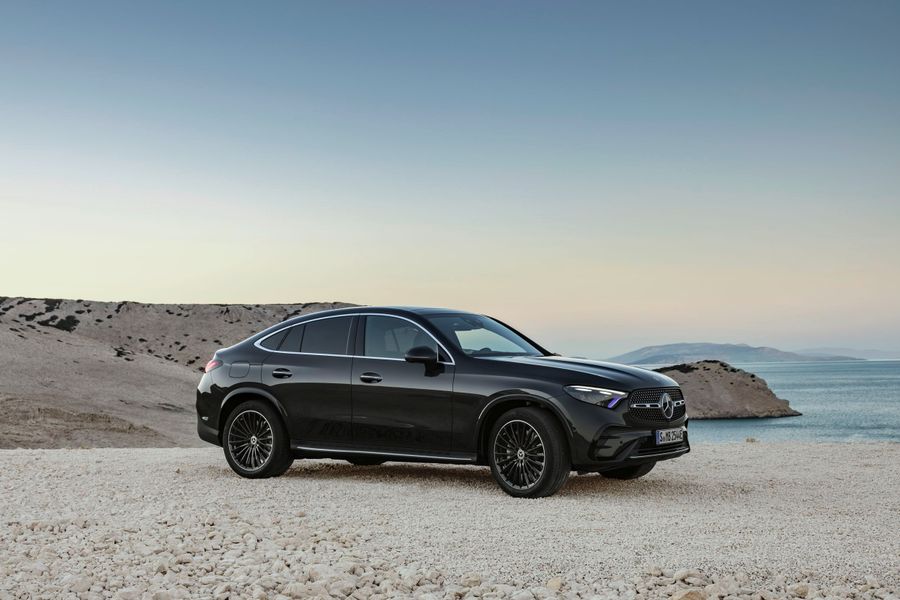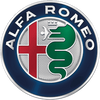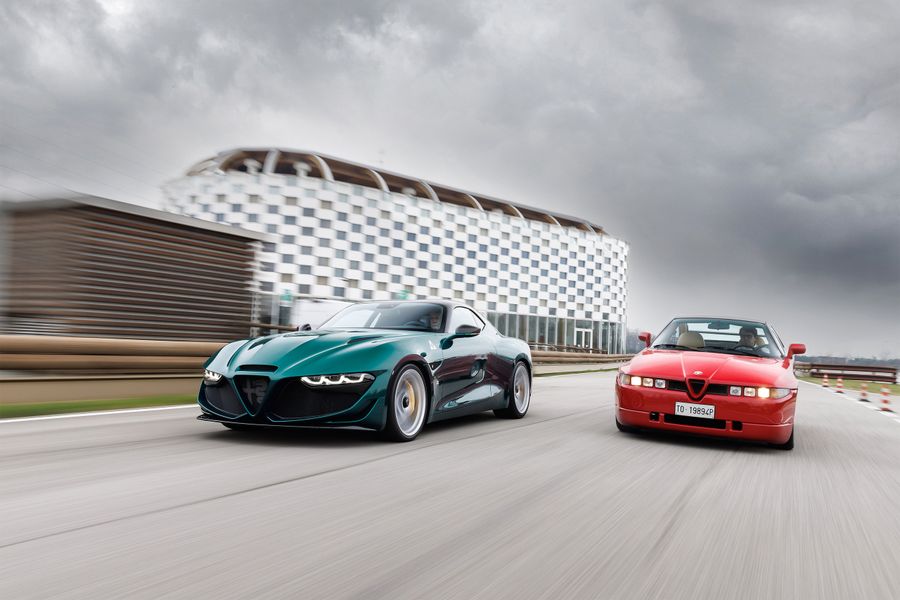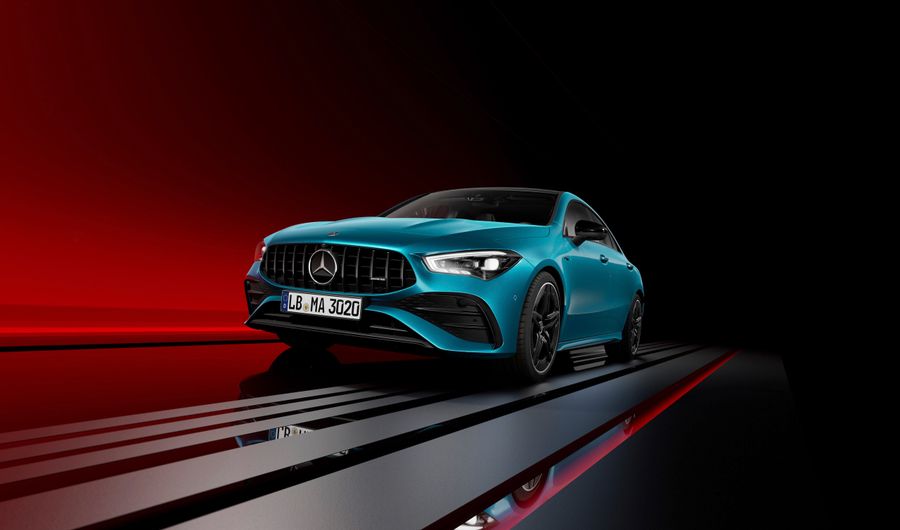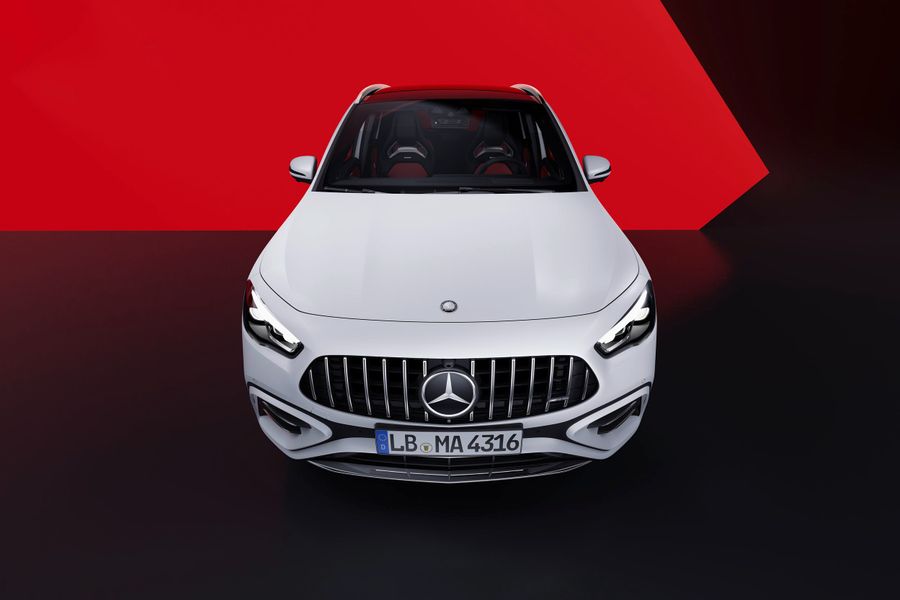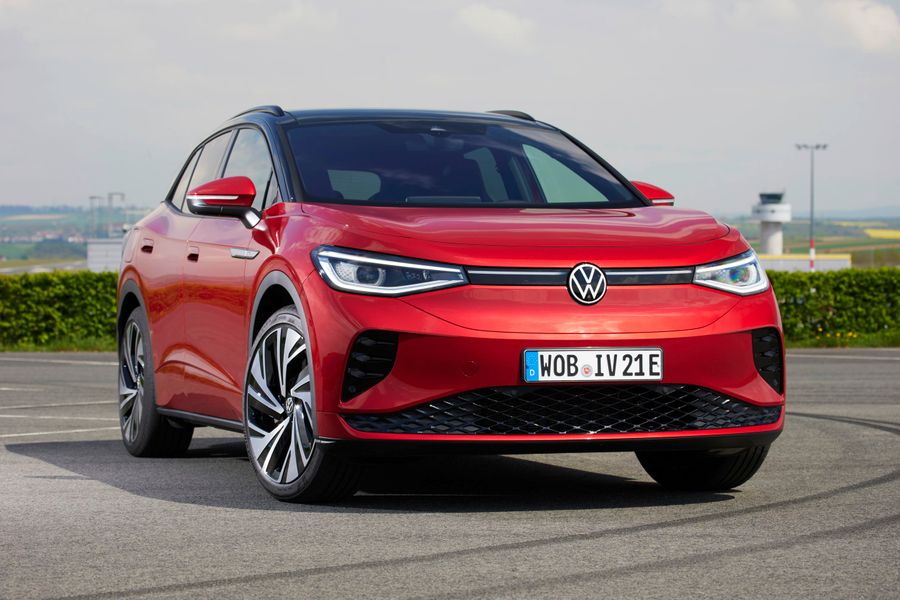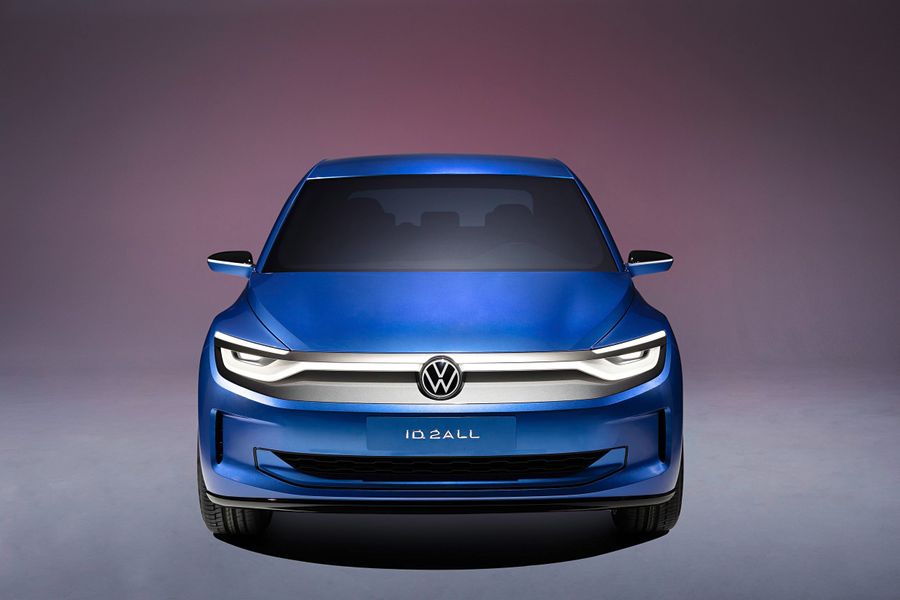
SEAT. To get much better today
The Spanish car-making company called SEAT or Sociedad Española de Automóviles de Turismo (translated as ‘Spanish Car Society for Tourism’). It was founded in 1950 with the only purpose: to move the Spanish industry forward. SEAT brand comes from Barcelona. As Spanish people say, whatever SEAT has created is impressed by their home, the city of Barcelona, and its dynamic urban culture. According to the SEAT’s philosophy, their entire work is driven by the sun, sea, the streets of Barcelona, and the sky above it. They are full of light, color, and unlimited creativity. That’s why SEAT design is more than just the way a car should look. This carmaker aims to facilitate progress and advancement for us to make the best possible use of our life! ‘Go further. Be free, and live the way you want to live!’ is the principle of production in SEAT. Nowadays, SEAT belongs to a big family of car companies, under the wing of Volkswagen Group, the world car industry leader. Volkswagen, Audi, Bentley, Bugatti, Lamborghini, Porsche, Scania, and Škoda can be called its siblings.
How did all this begin?
The Italian FIAT stood at the origins of SEAT. It has started in 1919 when the Italian FIAT company registered its affiliate in a suburb of Barcelona. After the Second World War, former FIAT premises were used to found the SEAT factory by means of Spanish National Institute of Industry, the owner of the 51% controlling interest, six banks that collectively owned 42% share, and FIAT with its humble 7% and a license for its production. In 1953, the first SEAT car was made. However, it was not a new model but FIAT 1400… they only changed emblems :) By the way, low cost and no competition raised the demand for this car fast enough to necessitate the building of the next SEAT factory right away. After SЕАТ 600, the real automotivization of Spain has started! In no more than 3 years, one hundred thousand SEAT cars were built in Spain. This made SEAT 600 a Spanish symbol of mobility and freedom.
SEAT 600 is a Spanish symbol of mobility and freedom. SЕАТ 124 started the Sport line of the company and helped Spanish racers organize a closed-circuit racing championship in Barcelona.
Another famous FIAT model became a prototype for SEAT cars. One of the most famous SEAT cars, SЕАТ 124, derived from the Italian FIAT 124 that won many prizes and awards. SЕАТ 124 started the Sport line of the company and helped Spanish racers organize a closed-circuit racing championship in Barcelona.
In 1970s, SEAT production left ‘3 millions’ milestone behind. However, FIAT, that seemed to be the ally of the Spanish, decided to stop its 30-year collaboration with SEAT. This made the company develop a new development strategy and launch the brand new product line to build Ibiza, Ronda, Malaga, and Marbella. One year later, German giant Volkswagen subvened SEAT. Up to the present day, Volkswagen controls SEAT. Thus SEAT traveled a long way from the first Spanish family-car maker to one of the world leaders.
VAG & SEAT
On September 30, 1982, VAG and SEAT entered a cooperation agreement to bring new ideas and modern designs to life. After the agreement was signed, Volkswagen introduced its complex platforms in the SEAT premises to produce Volkswagen, SЕАТ, and Škoda on the same equipment base. This resulted in both SEAT product line expansion with new models like a compact hatchback Ibiza, and construction of Audi and Volkswagen cars in SEAT premises. In 1983, the well-known bestseller Volkswagen Passat becomes a new resident of the SEAT factory. In 2010-s, Volkswagen Golf and Volkswagen Polo follow Passat.
The youth was the target audience of the increasingly popular Ibiza with the production level of 900 K cars per year. This car has embodied Italian design, German engineering, and Spanish spirit. This was enough to make a market revolution. The marketing of Toledo, the 10-millionth SEAT car was literally driven by His Royal Highness Prince of Asturias, who drove this car first. Аnd His Majesty Juan Carlos I of Spain established the SEAT factory in Martorell to produce the second generation of Ibiza.
Nowadays, SEAT belongs to a big family of car companies, under the wing of Volkswagen Group, the world car industry leader. Volkswagen, Audi, Bentley, Bugatti, Lamborghini, Porsche, Scania, and Škoda can be called its siblings.
SEAT has never lost its individuality. Moreover, SEAT is sure that all this was just the beginning of its success story… Since 2010 until now the company launched its concept cars: all-electric zero-emission SEAT IBE powered by an electric engine, SEAT IBL, brand new Exeo, SEAT IBX and 4WD Alhambra, SEAT Mii, SEAT Toledo, various Leon cars and newly upgraded Ibiza, including Ibiza CUPRA and Leon SC, Leon ST 4Drive and 5th-generation SEAT Ibiza, the SEAT’s first crossover Ateca, new 300-hp Leon CUPRA, mid-size crossover SEAT Tarraco, exclusive CUPRA, CUPRA Ateca, SEAT Arona. In 2019, SEAT’s CUPRA brand produced its first standalone crossover CUPRA Formentor as well as the company’s first all-electric car SEAT el-Born.
This is the beginning of the new era of SEAT, a lap into the future! Their force and ambitions are growing more than ever! Hopefully, we can see more interesting models with grey ‘S’ letters on made of two blades and red letters ‘SEAT’ underneath! Tomorrow is another day. Everyone strives for tomorrow. And to be a part of tomorrow is to get much better today. This is the SEAT’s line of thought.

